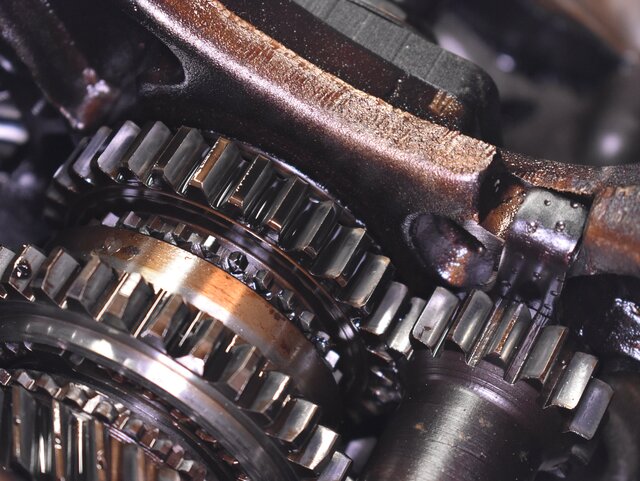The Influence of Glycation on Lubrication in Nature

The natural process of protein glycation is proving to be a fascinating avenue for researchers, offering groundbreaking insights into lubrication at biological and synthetic interfaces.
From safeguarding the human eye against external irritants to advancing food technology and pharmaceuticals, glycation is reshaping how we view lubrication and its broader applications.
Glycation involves a non-enzymatic reaction where sugar molecules bond with proteins, enhancing their structural properties, a process crucial in biological systems, particularly in reducing friction at soft-to-hard tissue interfaces.
Glycoproteins, the primary lubricants on biological surfaces such as the oral cavity, eyes, and joints ensure these delicate areas remain protected. In the case of eyes, protein glycation contributes to the formation of a lubricious tear film, shielding the surface from irritants like dust and dirt.
Beyond its biological significance, glycation has shown promise in industrial and technological applications. Studies reveal that the process can enhance the viscosity of synthetic lubricants, making them more efficient in high-stress environments.
The glycation of tablet surfaces can reduce equipment friction during manufacturing, a key consideration for efficiency and safety. The food industry, too, has begun to explore the possibilities of glycation.
Controlled reactions can stabilise protein-stabilised emulsions, preventing coalescence and maintaining texture under various conditions. Scientists believe understanding glycation’s tribological effects could lead to innovations in low-calorie or high-protein foods without compromising taste or texture.
The science of tribology is investigating the exceptional capabilities of glycated systems. Biological fluids such as synovial fluid, tears, and saliva serve as natural lubricants, capable of achieving superlubricity, a phenomenon characterised by ultra-low friction coefficients, often less than 0.001.
These extraordinary properties are largely attributed to glycosylated proteins like mucins and lubricins. Their glycan-rich structures form brush-like layers that enable efficient lubrication even under immense physiological pressures exceeding 10 MPa.
The mechanisms behind hydration lubrication provide another compelling dimension to glycation's role. At low to moderate compressions, the glycan brushes on biological surfaces exhibit minimal entanglement.
Driven by steric-entropic repulsion, this phenomenon allows these structures to slide past each other smoothly, bearing loads effectively. Molecular dynamics simulations have demonstrated that glycated chains, such as dextran, generate forces akin to hydrodynamic separation, facilitating frictionless movement.
As compression intensifies, the hydrated glycans overlap, causing entropic effects to wane. At this stage, water shells surrounding the glycans transition to a hydration lubrication mechanism, maintaining friction reduction despite the heightened pressure.
The insights gleaned from glycation and its lubrication properties could inspire innovations across various industries, from healthcare and engineering to food science. By mimicking these natural processes, researchers are optimistic about developing high-performance lubricants, more efficient manufacturing techniques, and even healthier food alternatives.
Neale Consulting Engineers manufacturing engineering services
The global manufacturing industry spans everything from industrial processes like steel production to household consumables. To create these things, manufacturers require an enormous amount of equipment.
Implementing engineering and tribological best practices in your maintenance schedules can significantly benefit your manufacturing business.
If you want to discover the benefits of engineering best practice for your manufacturing business, contact our team today.
Contact Neale Consulting Engineers today
- Date
- 26/05/2025





